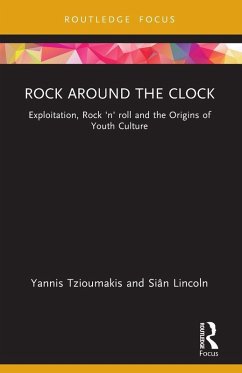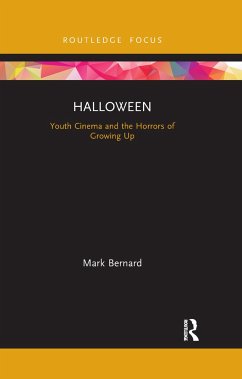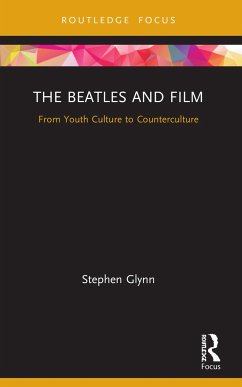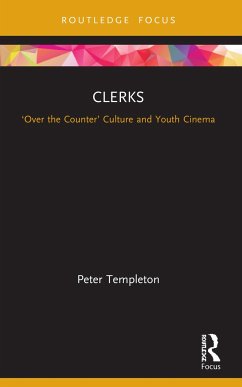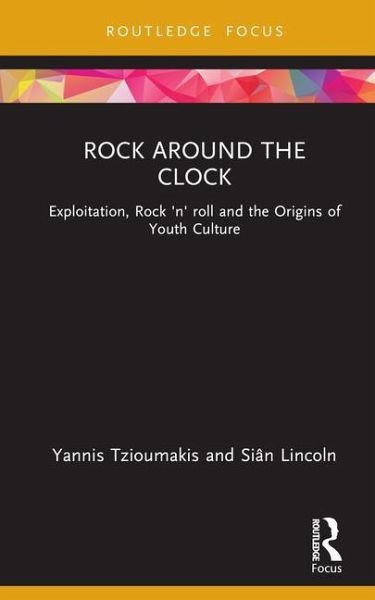
Rock around the Clock
Exploitation, Rock 'n' roll and the Origins of Youth Culture
Versandkostenfrei!
Versandfertig in 6-10 Tagen
51,99 €
inkl. MwSt.

PAYBACK Punkte
26 °P sammeln!
Examining one of the earliest films made specifically for young audiences in US cinema, Rock around the Clock (1956), this book explores the exploitation production company that made the film and the ways it represented young people, especially in terms of their association with rock 'n' roll music and culture.Providing new avenues of approaching the film, the book looks at how Rock around the Clock has attracted significant scholarly attention, despite its origins as a low-budget production made by master exploitation filmmaker Sam Katzman. It challenges accounts that see the film's young peo...
Examining one of the earliest films made specifically for young audiences in US cinema, Rock around the Clock (1956), this book explores the exploitation production company that made the film and the ways it represented young people, especially in terms of their association with rock 'n' roll music and culture.
Providing new avenues of approaching the film, the book looks at how Rock around the Clock has attracted significant scholarly attention, despite its origins as a low-budget production made by master exploitation filmmaker Sam Katzman. It challenges accounts that see the film's young people as juvenile delinquents, using instead the label 'cultural rebels' as a signifier of youth's ability to resurrect a moribund music industry and rejuvenate a stale youth culture. This book also questions the nature of the label 'exploitation' as applied to the film by examining Columbia Pictures' role as a resource provider for Katzman's film, comparing Rock around the Clock to contemporaneous films with a youth focus that were produced in different industrial contexts and investigating its relationship to adaptation by asking whether the film is an example of a 'postliterary' adaptation.
Rich on archival research and industrial and textual analysis, Rock around the Clock will interest both film studies and youth cultures scholars.
Providing new avenues of approaching the film, the book looks at how Rock around the Clock has attracted significant scholarly attention, despite its origins as a low-budget production made by master exploitation filmmaker Sam Katzman. It challenges accounts that see the film's young people as juvenile delinquents, using instead the label 'cultural rebels' as a signifier of youth's ability to resurrect a moribund music industry and rejuvenate a stale youth culture. This book also questions the nature of the label 'exploitation' as applied to the film by examining Columbia Pictures' role as a resource provider for Katzman's film, comparing Rock around the Clock to contemporaneous films with a youth focus that were produced in different industrial contexts and investigating its relationship to adaptation by asking whether the film is an example of a 'postliterary' adaptation.
Rich on archival research and industrial and textual analysis, Rock around the Clock will interest both film studies and youth cultures scholars.





